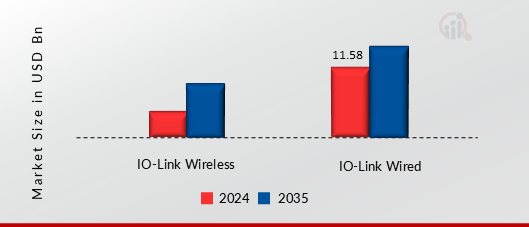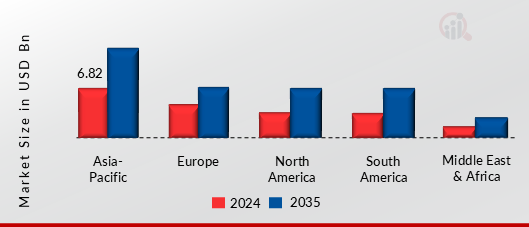Market Share
IO Link Market Share Analysis
In the dynamic landscape of the IO-Link market, companies deploy various market share positioning strategies to carve out their niche and gain a competitive edge. One prevalent strategy is differentiation through product innovation. Companies aim to develop IO-Link solutions with unique features, enhanced capabilities, and improved performance to stand out in a crowded market. This not only attracts new customers but also helps retain existing ones, fostering a positive reputation for the brand.
Additionally, a focus on cost leadership is a crucial market share positioning strategy. Some companies strive to become the go-to choice for cost-effective IO-Link solutions, targeting a broader customer base. By optimizing manufacturing processes, sourcing components efficiently, and streamlining operations, these companies can offer competitive pricing without compromising on quality. This strategy is particularly effective in price-sensitive markets and industries.
Collaboration and partnerships represent another key positioning strategy in the IO-Link market. Companies may seek alliances with other industry players, sensor manufacturers, or system integrators to create integrated solutions. By aligning with complementary technologies, companies can provide end-to-end solutions that address a broader spectrum of customer needs. This collaborative approach enhances market reach and can result in a more comprehensive and attractive IO-Link ecosystem.
Market penetration is a strategy often employed by companies aiming to expand their presence within existing markets. This involves intensifying marketing efforts, enhancing distribution channels, and sometimes offering promotional pricing to capture a larger share of the market. By strategically targeting specific customer segments and regions, companies can increase their market share and solidify their position as leaders in the IO-Link space.
Geographic expansion is another noteworthy market share positioning strategy. Companies may choose to enter new geographical markets where there is a growing demand for IO-Link technology. This expansion allows them to tap into emerging opportunities, diversify their customer base, and reduce dependence on specific regions. Adapting products and marketing strategies to cater to the unique needs of different regions is crucial for success in this strategy.
Customer-centric approaches play a vital role in market share positioning within the IO-Link market. Companies focusing on understanding and addressing the specific needs of their customers can build strong relationships and brand loyalty. This involves offering customized solutions, providing excellent customer support, and actively seeking feedback for continuous improvement. A satisfied customer base can act as a powerful advocate, contributing to positive word-of-mouth and brand reputation.
Strategic acquisitions are employed by some companies as a means to bolster their market share. By acquiring or merging with other firms in the IO-Link ecosystem, companies can gain access to complementary technologies, expand their product offerings, and consolidate their position in the market. This strategy requires careful integration planning to ensure a seamless transition and maximize the benefits of the acquisition.
Finally, a commitment to sustainability and corporate responsibility is increasingly becoming a market share positioning strategy. Companies that prioritize environmentally friendly practices, ethical sourcing, and social responsibility resonate with a growing segment of conscious consumers. This strategy not only contributes to positive brand image but also aligns with the broader societal trend towards sustainable and responsible business practices.





Leave a Comment